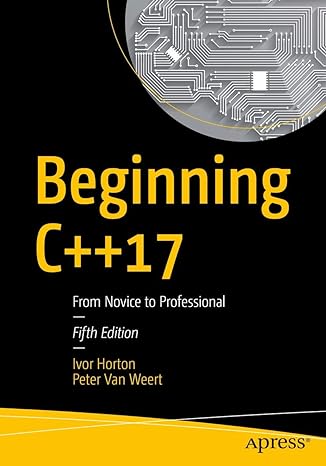Explore the intricate world of cryptography with Applied Cryptography: Protocols, Algorithms, and Source Code in C. This comprehensive guide delves into the technical foundation of secure communications, covering key concepts such as symmetric and asymmetric encryption, hashing, digital signatures, and public key infrastructure (PKI). With a focus on practical implementation, it provides detailed examples and source code in C, equipping developers with the tools to design and analyze secure systems. Ideal for security professionals and cryptographic engineers, this book bridges theoretical principles with real-world applications.

Cryptographic techniques have applications far beyond the obvious uses of encoding and decoding information. For Internet developers who need to know about capabilities, such as digital signatures, that depend on cryptographic techniques, there’s no better overview than Applied Cryptography, the definitive book on the subject. Bruce Schneier covers general classes of cryptographic protocols and then specific techniques, detailing the inner workings of real-world cryptographic algorithms including the Data Encryption Standard and RSA public-key cryptosystems. The book includes source-code listings and extensive advice on the practical aspects of cryptography implementation, such as the importance of generating truly random numbers and of keeping keys secure.
You may also need a source code analysis tool to analyze source code maintainability and security. Some of the metrics are technical debt and code smells, coding standard and security.
Back Cover
Written by the world’s most renowned security technologist this special Anniversary Edition celebrates 20 years for the most definitive reference on cryptography ever published, Applied Cryptography, Protocols, Algorithms, and Source Code in C. Inside security enthusiasts will find a compelling introduction by author Bruce Schneider written specifically for this keepsake edition.
Review by Christopher Culver

Master modern programming with Beginning C++17 – your gateway to building powerful, efficient, and future-ready applications!
View on Amazon
Bruce Schneier’s APPLIED CRYPTOGRAPHY is an excellent book for anyone interested in cryptology from an amateur level to actually being involved in the development of new encryption mechanisms. Schneier’s book begins with a simple discussion of what is cryptography, and then he proceeds through the history of various encryption algorithms and their functioning. The last portion of the book contains C code for several public-domain encryption algorithms.
A caveat: this is not a textbook of cryptography in the sense that it teaches everything necessary to understand the mathematical basis of the science. Schneier does not discuss number theory because he expects those who use the relevant chapters of the book will already have training in higher maths. Nonetheless, the book does contain a wealth of information even for the layman.
One helpful part of Schneier’s book is his opinion of which encryption algorithms are already broken by the National Security Agency, thus letting the reader know which encryption programs to avoid. There will always be people who encrypt to 40-bit DES even though it is flimsy and nearly instantly breakable, but the readers of APPLIED CRYPTOGRAPHY can greatly improve the confidentiality of their messages and data with this book. Discussion of public-key web-of-trust is essential reading for anyone confused by how public-key signatures work.
APPLIED CRYPTOGRAPHY was published in 1995 and some parts are already out of date. It is ironic that he hardly mentions PGP, when PGP went on to become the most renowned military-strength encryption program available to the public, although it is being superseded by GnuPG. Another anachronism is Schneier’s assurance that quantum computing is decades away. In the years since publication of APPLIED CRYPTOGRAPHY we have seen some strides in quantum computer, even the creation of a quantum computer that can factor the number 15. While this publicly known quantum computer is not at all anything to get excited about, it is certain that more powerful quantum computers are in development and classified by NSA. Because a quantum computer can break virtually any traditional cipher, hiding the message (steganography) is becoming more important than ever. In the era of Schneier’s book steganography was unnecessary because ciphertext could withstand brute-force attacks, but with advances in computing power steganography is becoming vital to secure communications. It would be nice to see the book updated with this topic, because cryptography and steganography can no longer be regarded as two distinct fields.
View Applied Cryptography: Protocols, Algorithms, and Source Code in C




